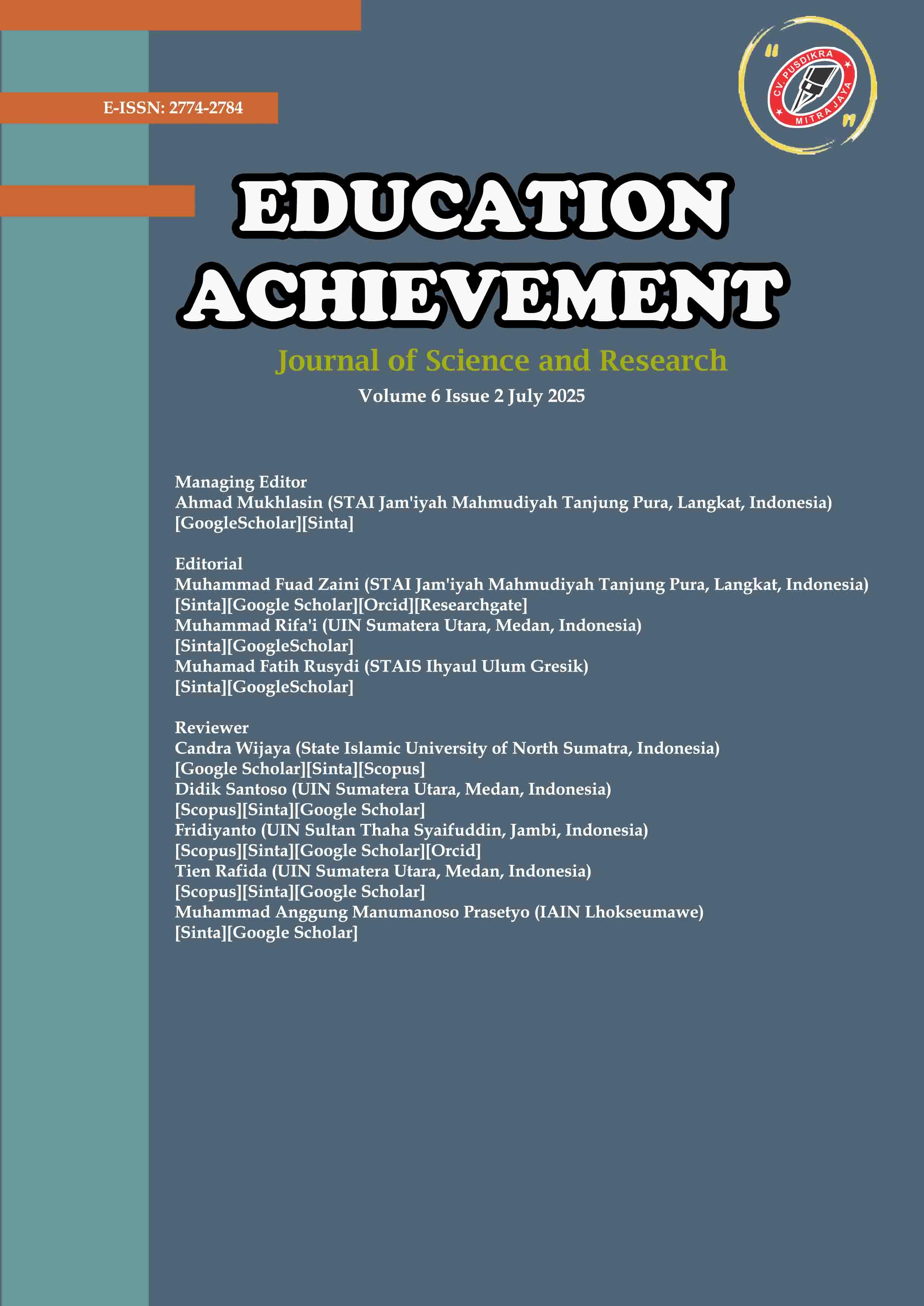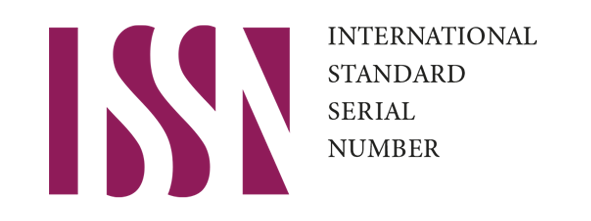Investigating Coordination Models for Integrated Hypertension Management in Public Health Facilities
DOI:
https://doi.org/10.51178/jsr.v6i2.2789Keywords:
Hypertension Management, Cross-Sector Coordination, Public Health Facilities, Integrated Services, Primary Health SystemAbstract
Fragmented management of hypertension in public health facilities remains a significant challenge in health care systems, especially in developing countries with an increasing burden of non-communicable diseases. This study aims to investigate the coordination model applied in integrated hypertension management in public health facilities, focusing on linkages between service actors, communication mechanisms, and role sharing across service levels. This study used a qualitative-descriptive approach with data collection techniques in the form of in-depth interviews and participatory observation of 24 informants consisting of primary health workers, facility managers, and regional level policy makers. Data analysis was carried out through a thematic method with a grounded theory approach to identify effective coordination patterns. The results show that a collaborative network-based coordination model supported by digital information systems and cross-sectoral forums on a regular basis is able to improve the consistency of hypertension management, accelerate referrals, and strengthen patient monitoring on an ongoing basis. In conclusion, structural and functional integration between service units through adaptive and responsive coordination mechanisms makes an important contribution to strengthening the primary health system. These findings provide a theoretical basis for the development of chronic services coordination frameworks at the policy level as well as practical implications for system-based intervention design in public health facilities.
Downloads
Published
Issue
Section
License
Copyright (c) 2025 Riski Dwi Prameswari

This work is licensed under a Creative Commons Attribution-ShareAlike 4.0 International License.














